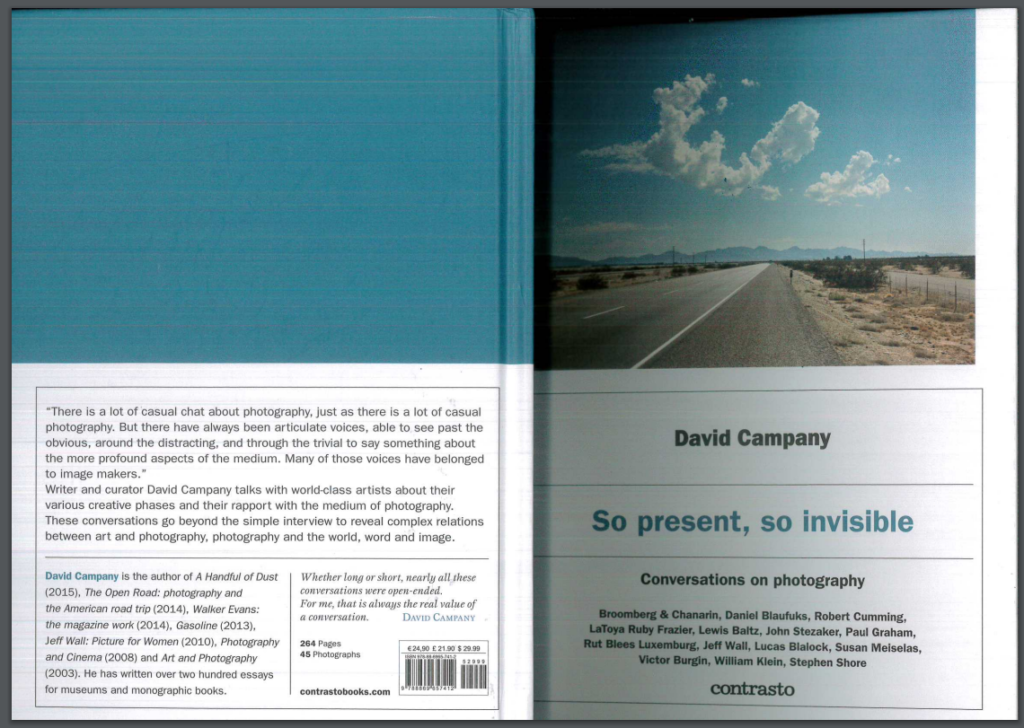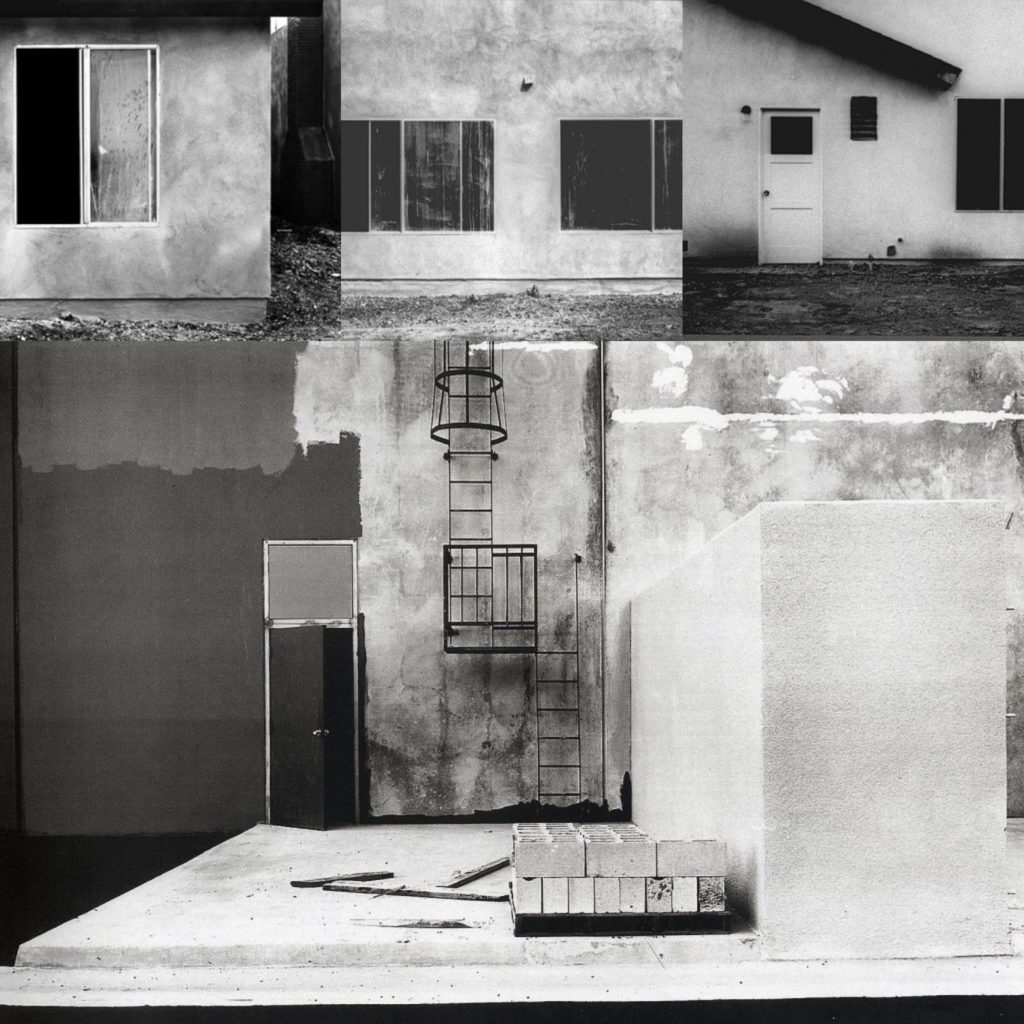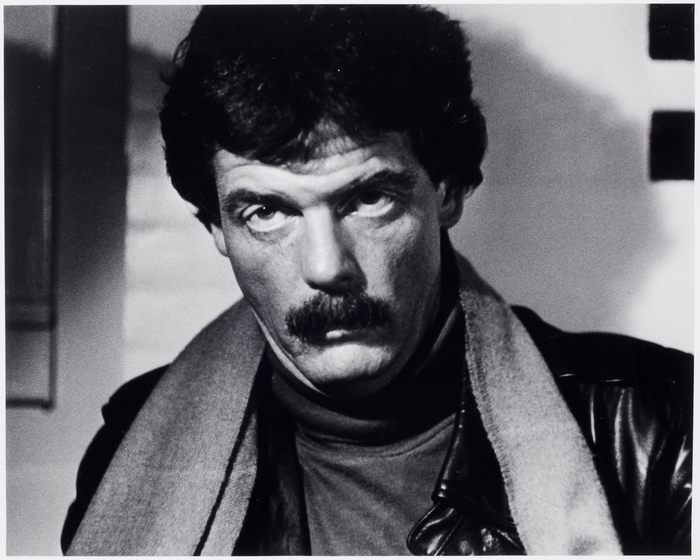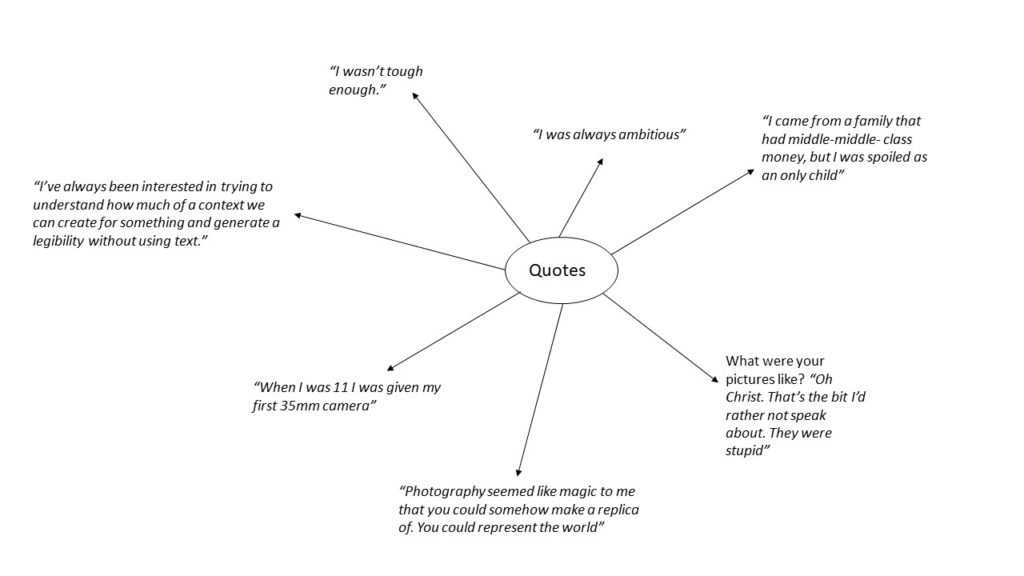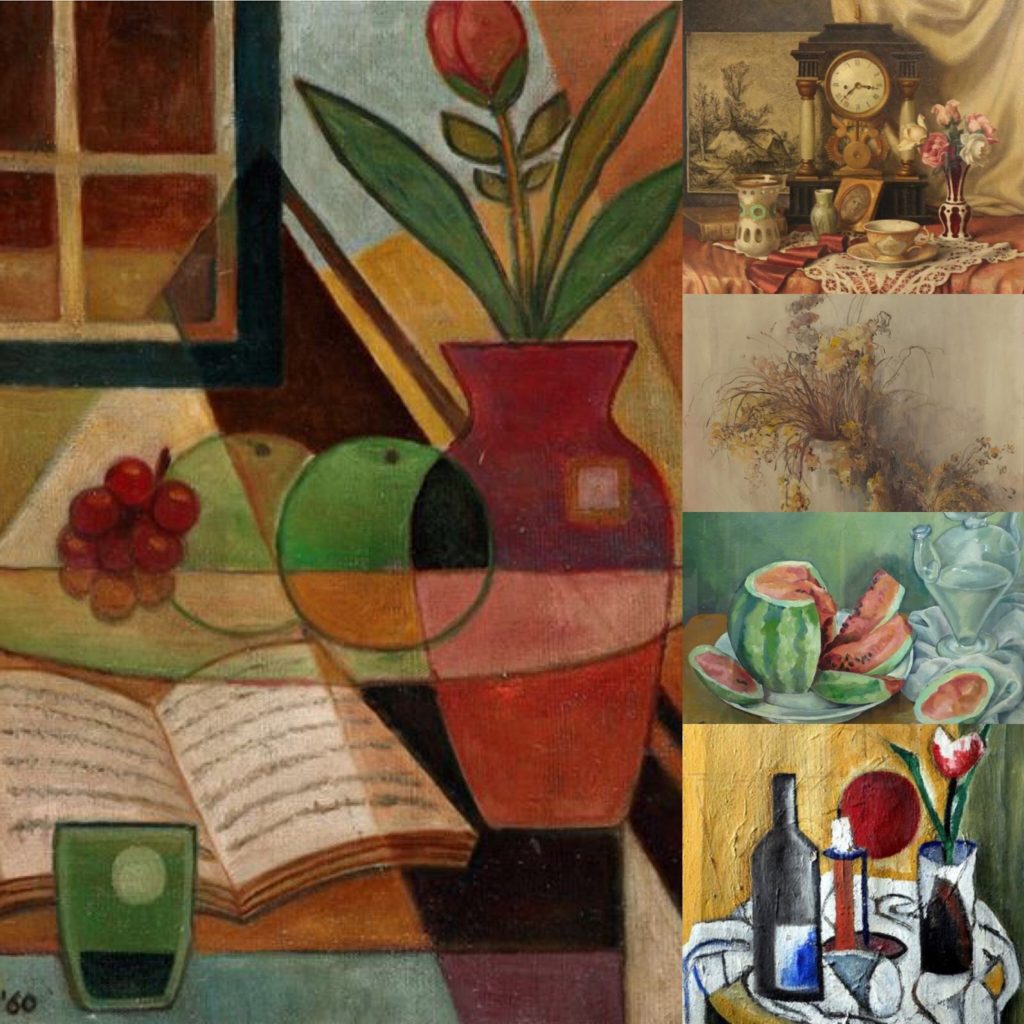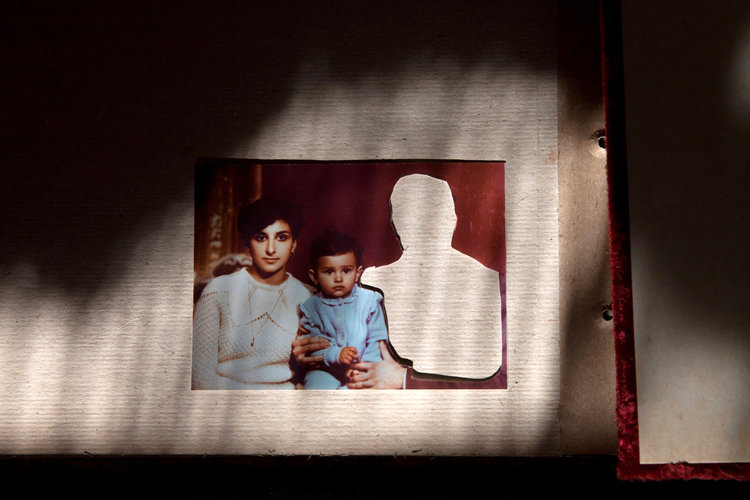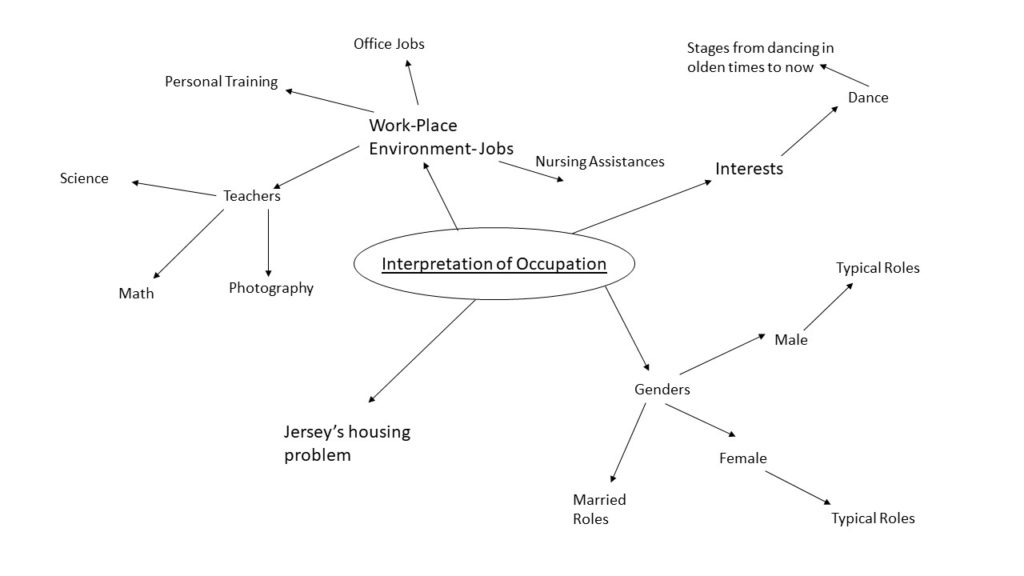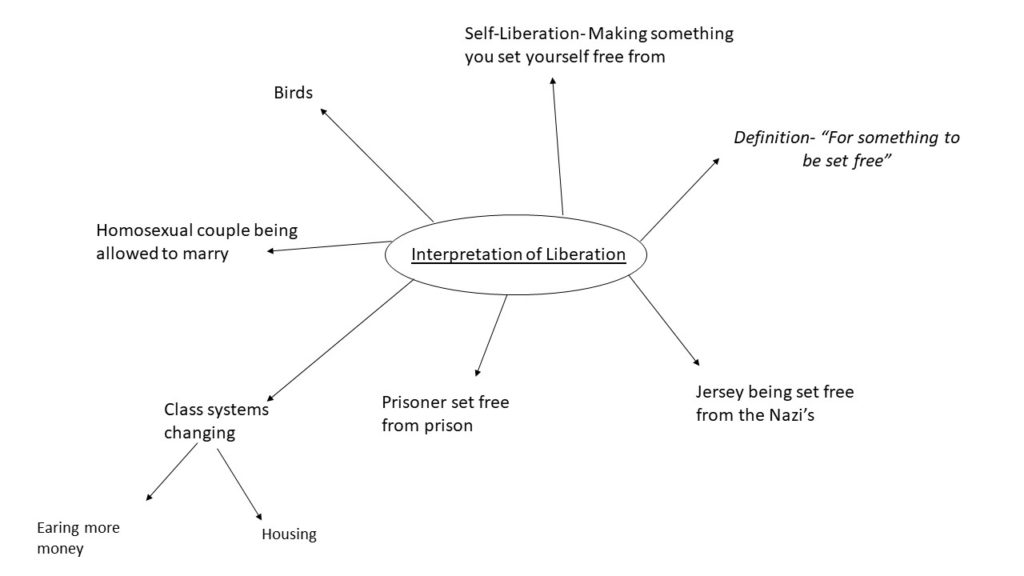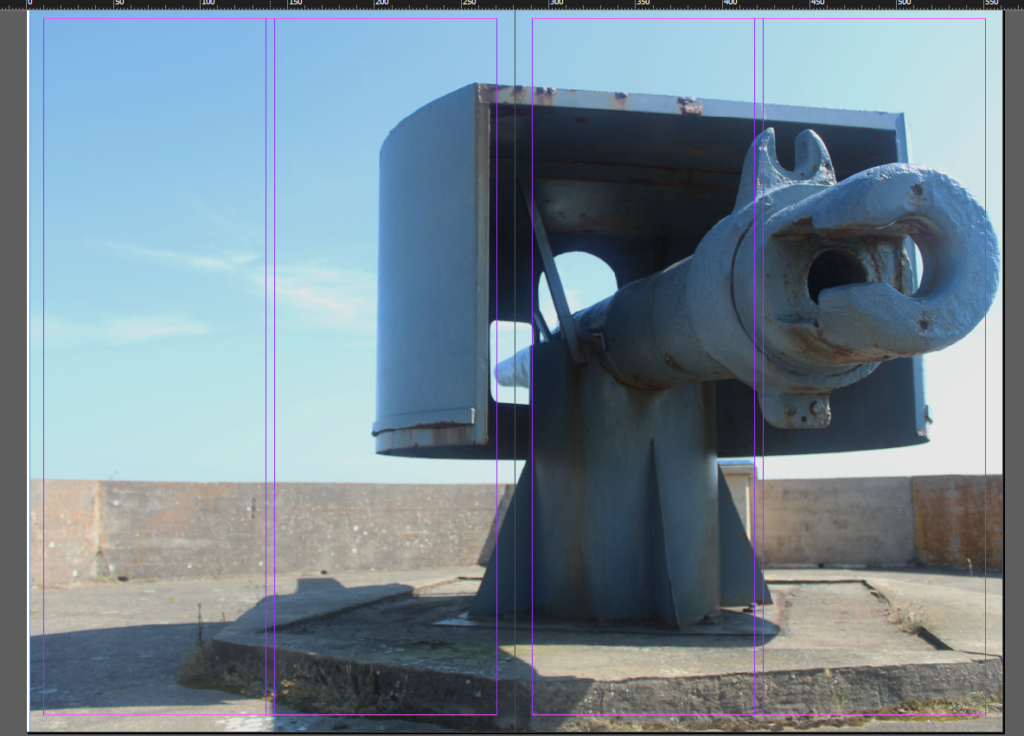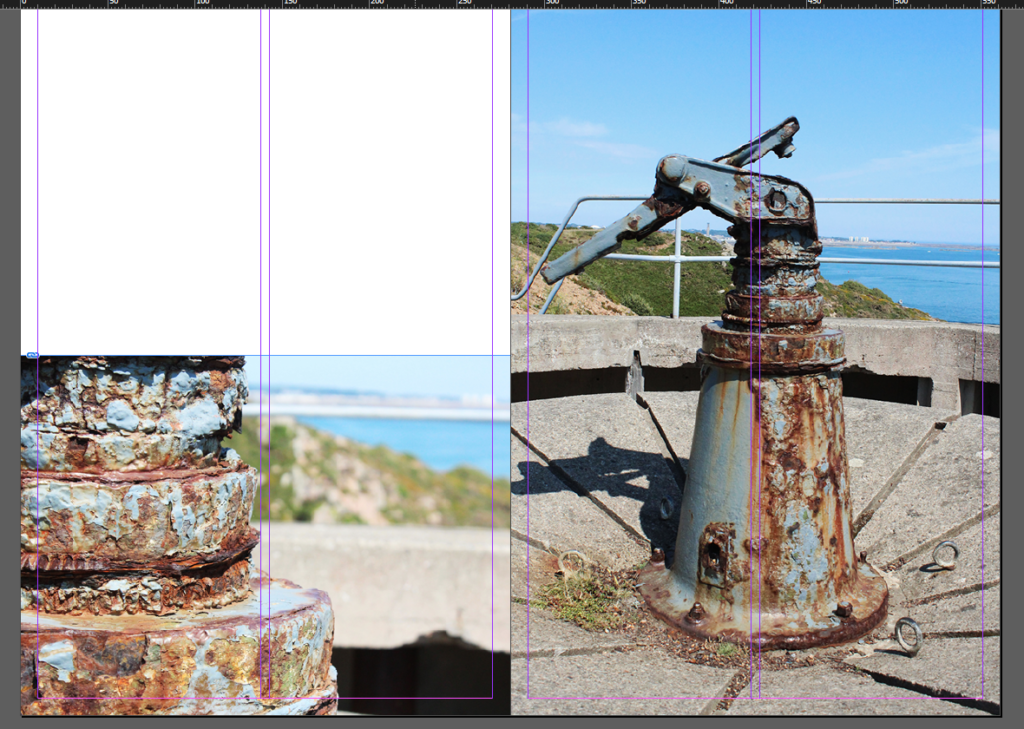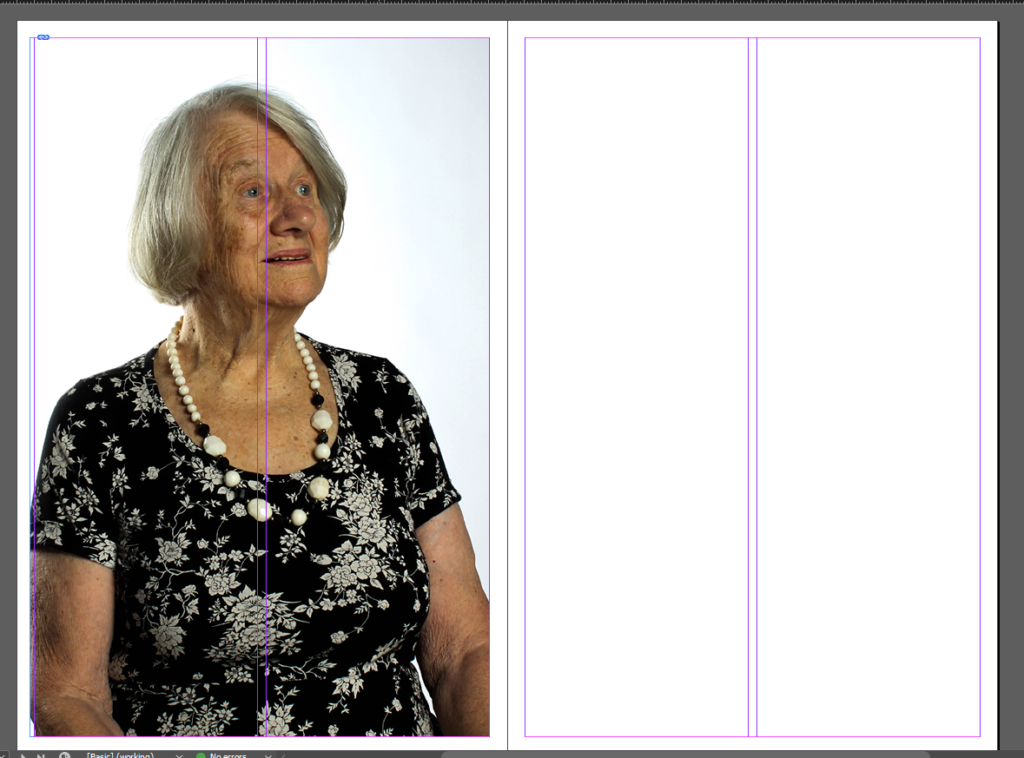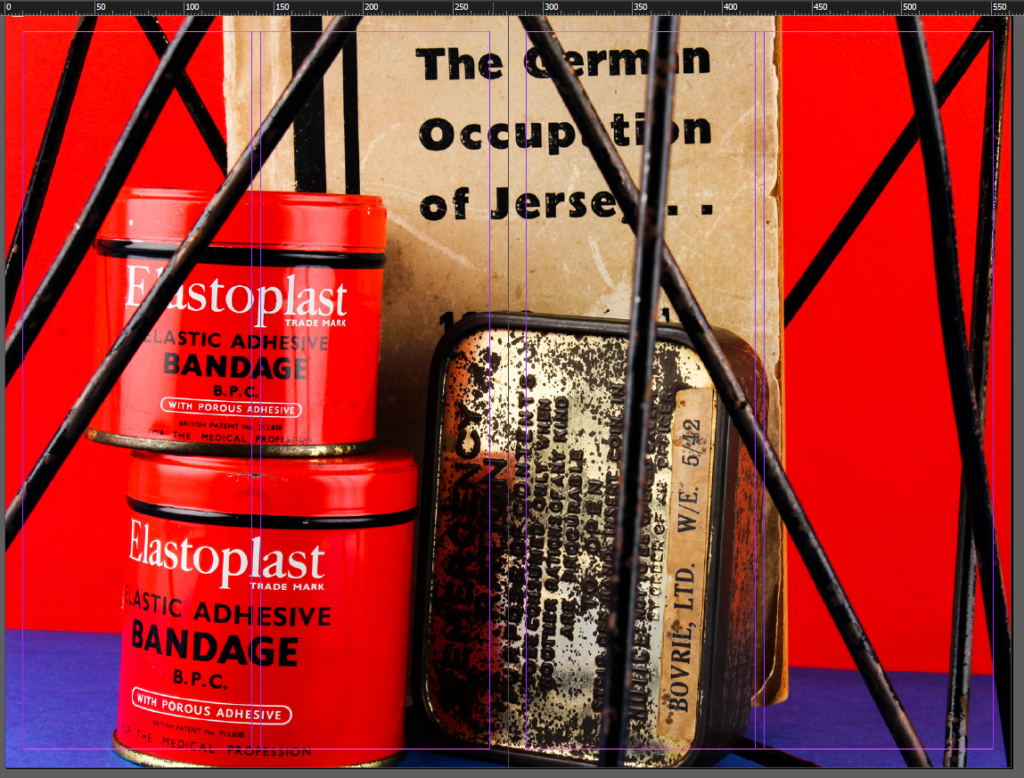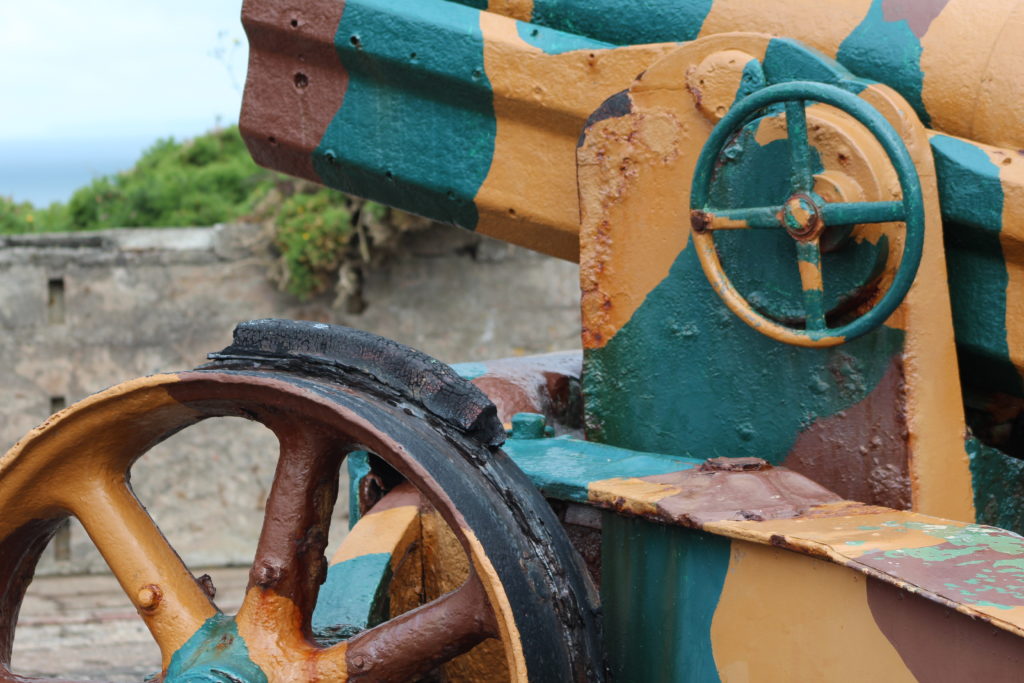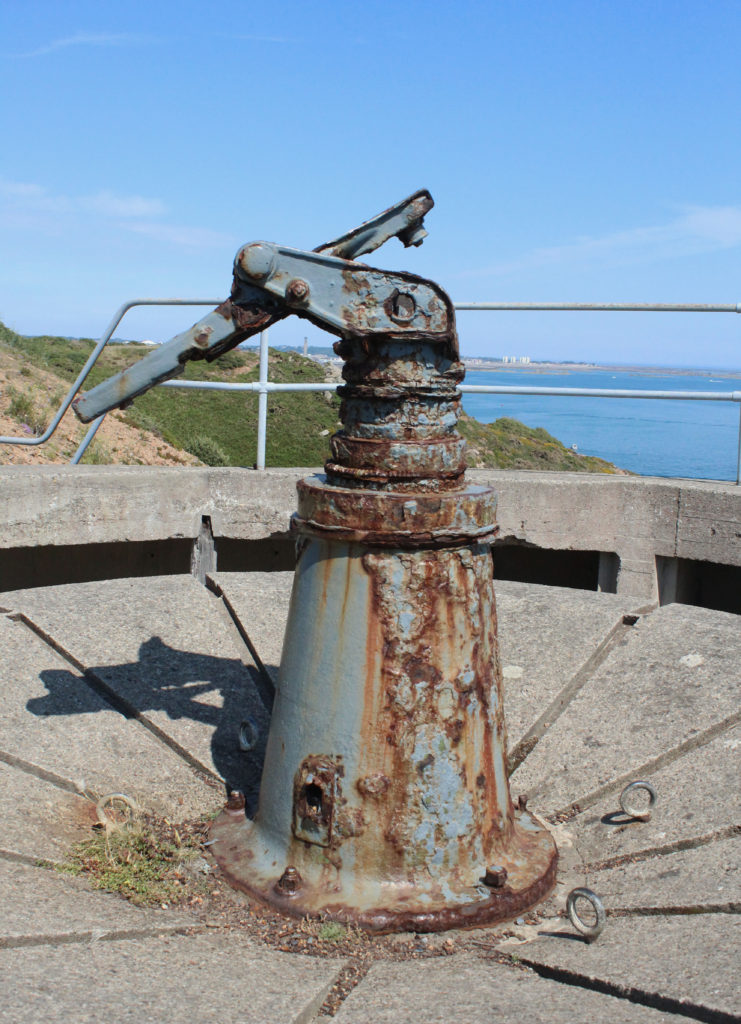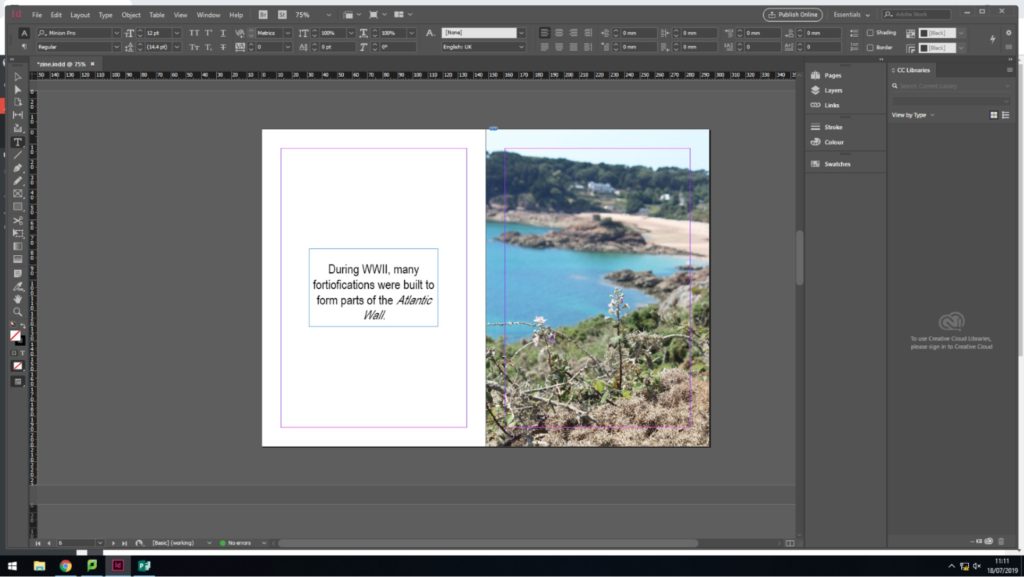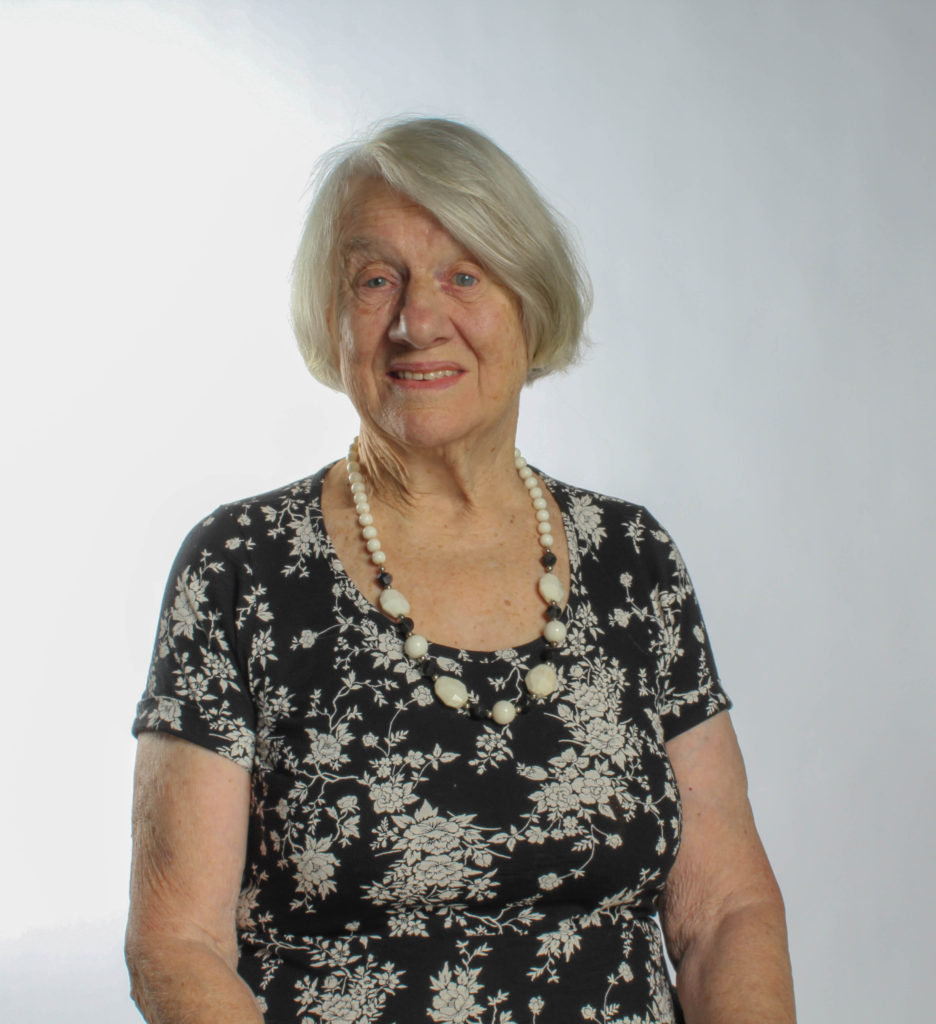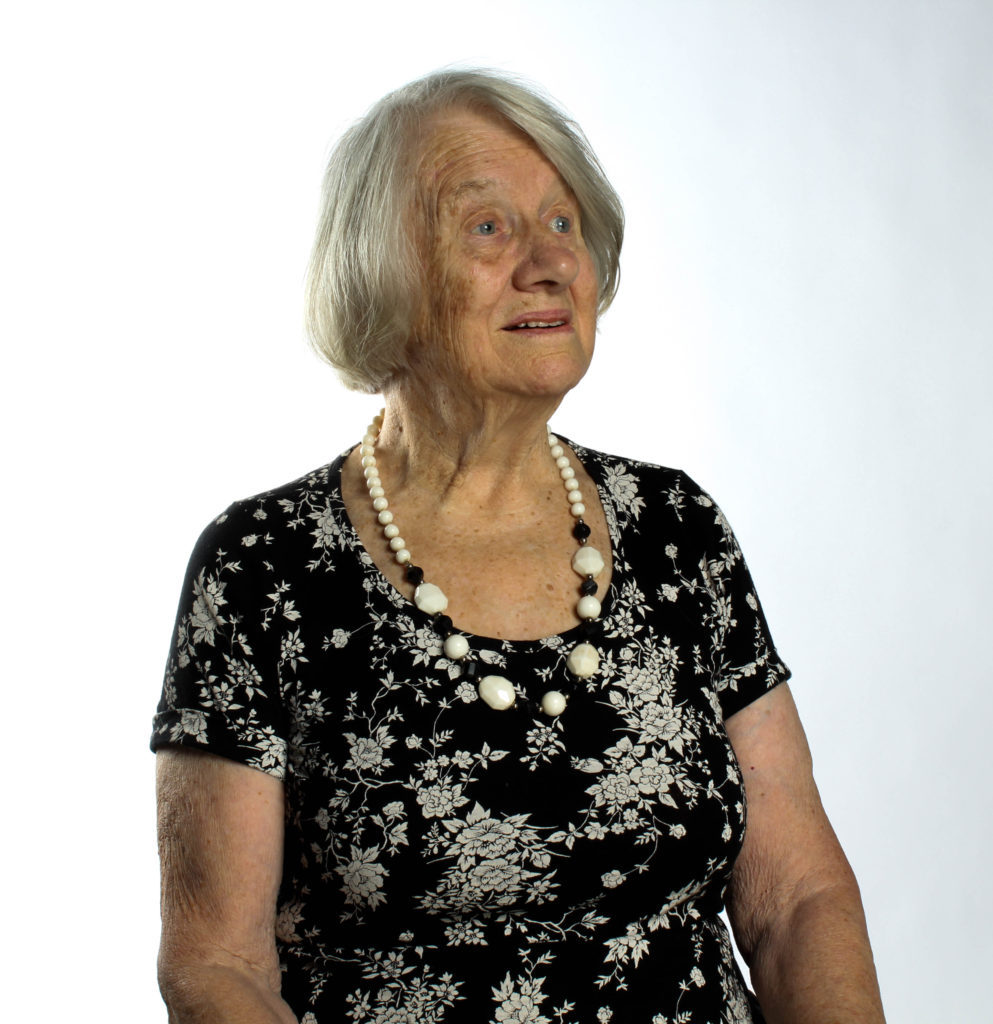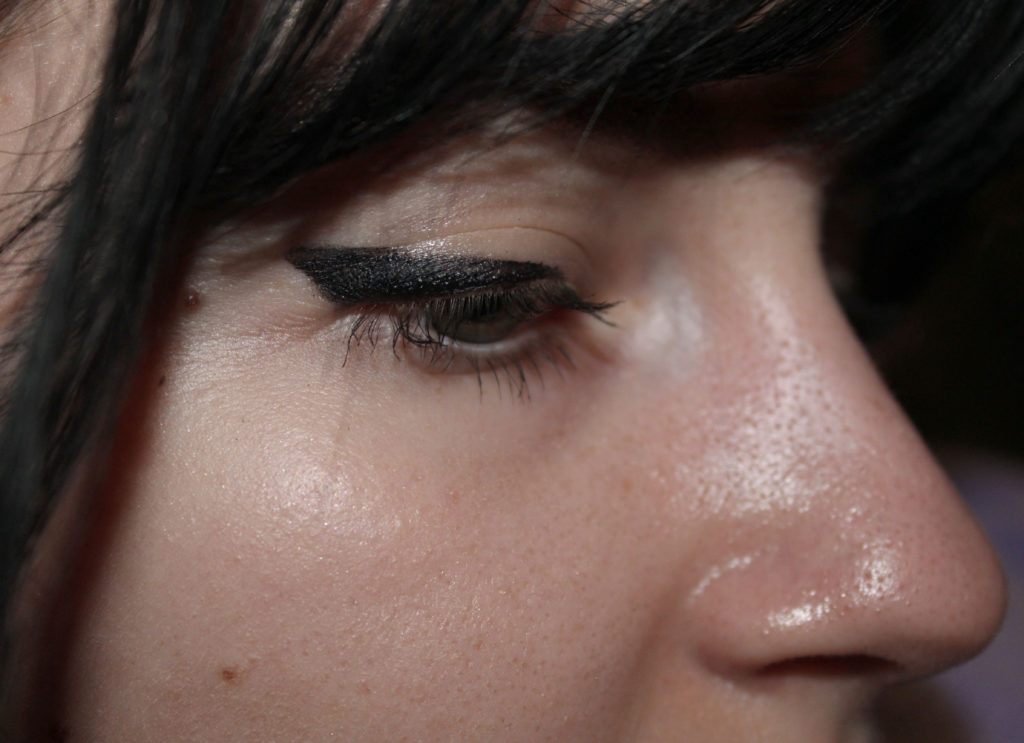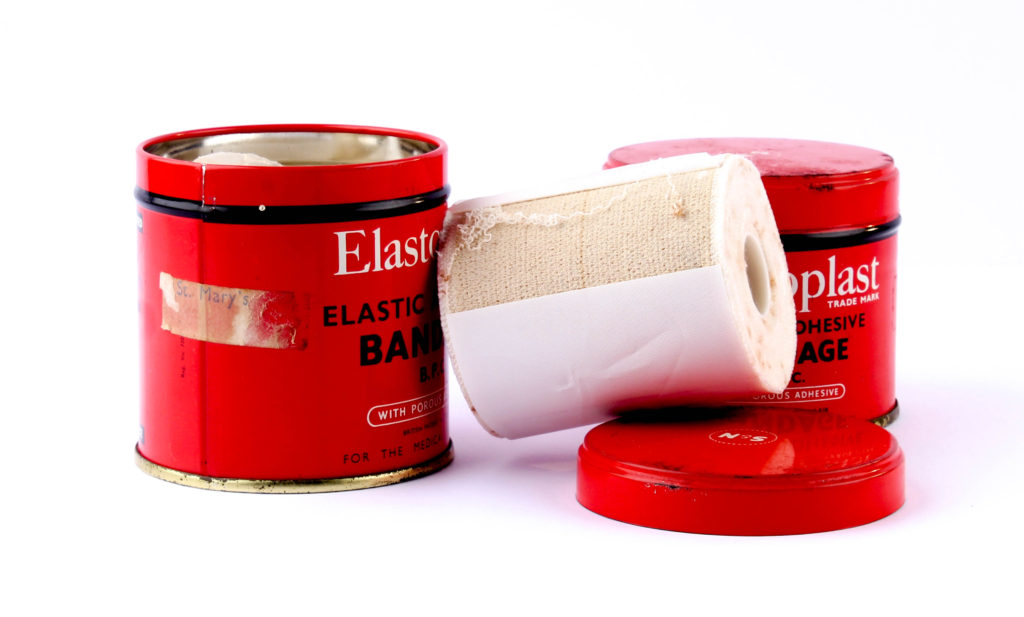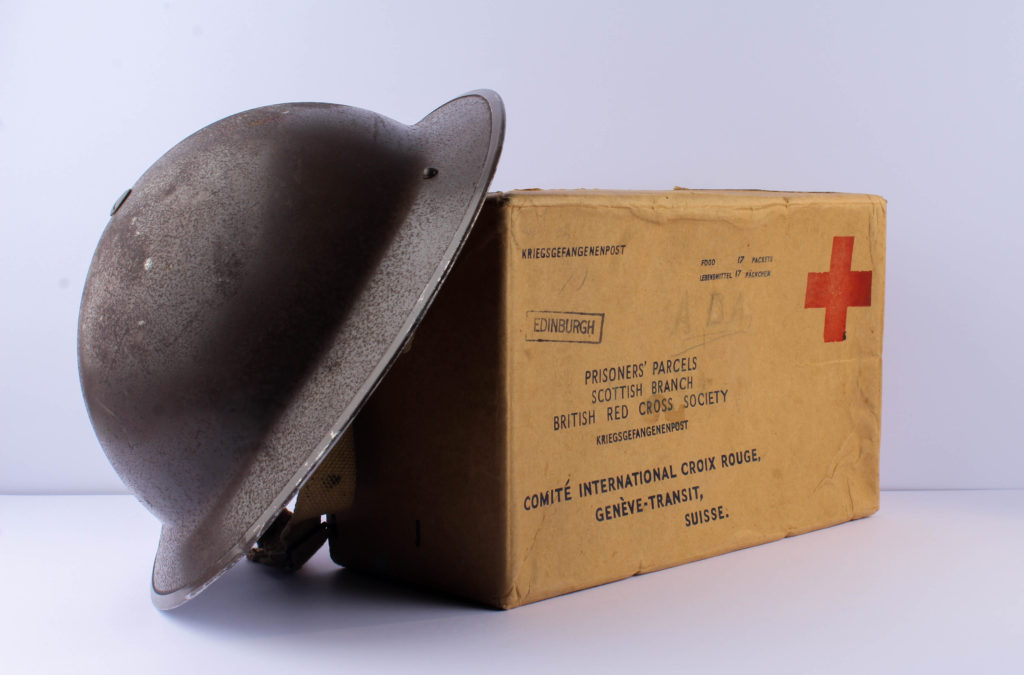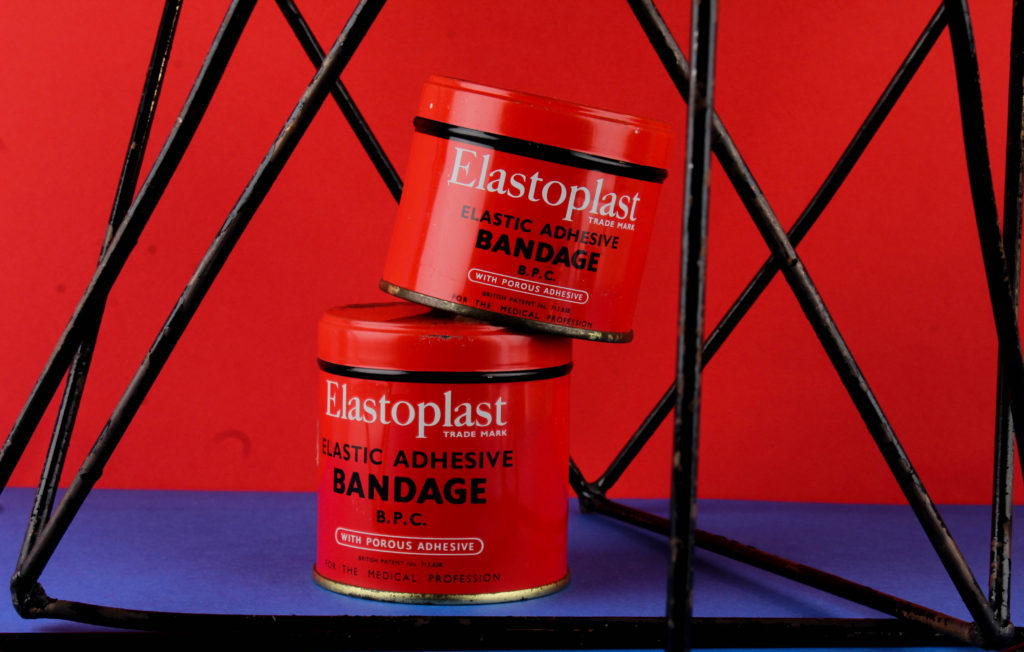Modernism
The time period which modernism became a period of experimentation was during the late 19th to the mid 20th century and was mostly popular in the years after World War One.
Key Characteristics- Modernism is the art movement which associates with cultural trends and changes which came from the transformations in Western society during the late 19th century. There are different modern-isms which are often incompatible and they reject the dominance of older movements such as Naturalism, Classicism as well as Academicism which is done in the favor of producing art. It inspires all aspects of society in its cultural form through Architecture, Painting, Photography and Fiction, this is because it is characterized intellectually. Photography was invented as part of the process of modernization which took place in the industrial revolution. It is known as a modern form of image making which helps the development of modernism.
Key Conventions- Modernism can be done through other smaller projects such as straight photography and realism. Straight photography was used by photographers who believed in intrinsic qualities and provided accurate/ descriptive records of the visual world. They aimed the make images which were photographic rather than painterly as they didn’t want to treat photography as a type of paining such as monochrome. Because of this they used handwork and soft focus in a wide depth-of-field. In addition to this, Realism is associated very closely to straight photography as it is taking images while trying to recreate the image you see in front of you, therefore showing it has a relationship towards reality and shows a cameras ability to capture the world as it appears.
Artists Associated
- Alfred Stieglitz (1864-1946)- He was influenced by European avant-garde art movements as images in this range included underlying abstract geometric forms. Stiegliz took an image called ‘The Steerage’ which wasn’t up to Pictorialism’s aesthetic which was then therefore qualified to go into the ‘Straight Photography Means’.
- Alexander Rodchenko, Russian, 1891-1956- Rodchenko worked on a new aesthetic vision using extreme viewpoints through their photography and graphic design. They rejected illusions so that photographic representation could be um problematic aspects of reality.
Key Works
Methods/ Techniques/ Processes- Black and white edits are used for emphasis, sharp focus images in order for them to be seen clearly, as well as a large frame size.
PostModernism
Post Modernism was first discovered through ‘Pop Art’ in the 1960s which was then developed into the aspect we know now which was made in the 1970s.
Key Characteristics/ Conventions- Postmodernism is known to be a reaction against ideas as well as values of modernism. The term of modernism’s dominance in cultural theory is associated with irony and philosophical concepts of universal truths. There is a known distinction between high and low art which incorporate popular elements making the overall postmodernism. Key conventions of postmodernism makes references towards outside art work which adds to the contextual work.
Artists Associated
- Cindy Sherman (1977-1980)- Photographs are taken from videos and she untitled films in order to showcase female stereotypes and feminism.
- Barbera Kruger (1945)- She is seen challenging cultural stereotypes and her work is displayed through the use of posters.
Key Works
Methods/ Techniques/ Processes- Photographs are usually blown hip, edited, cropped etc to be used used in newspapers and billboards. Others use repetition to create emphasis on the image.

